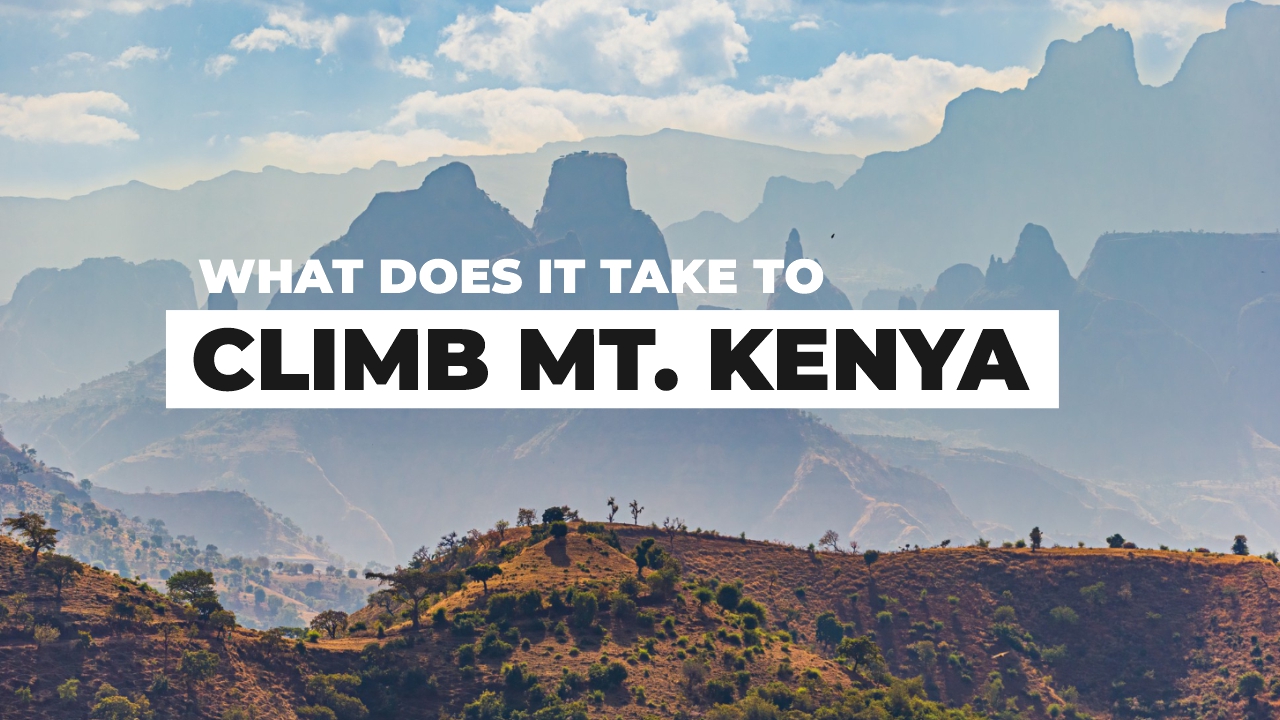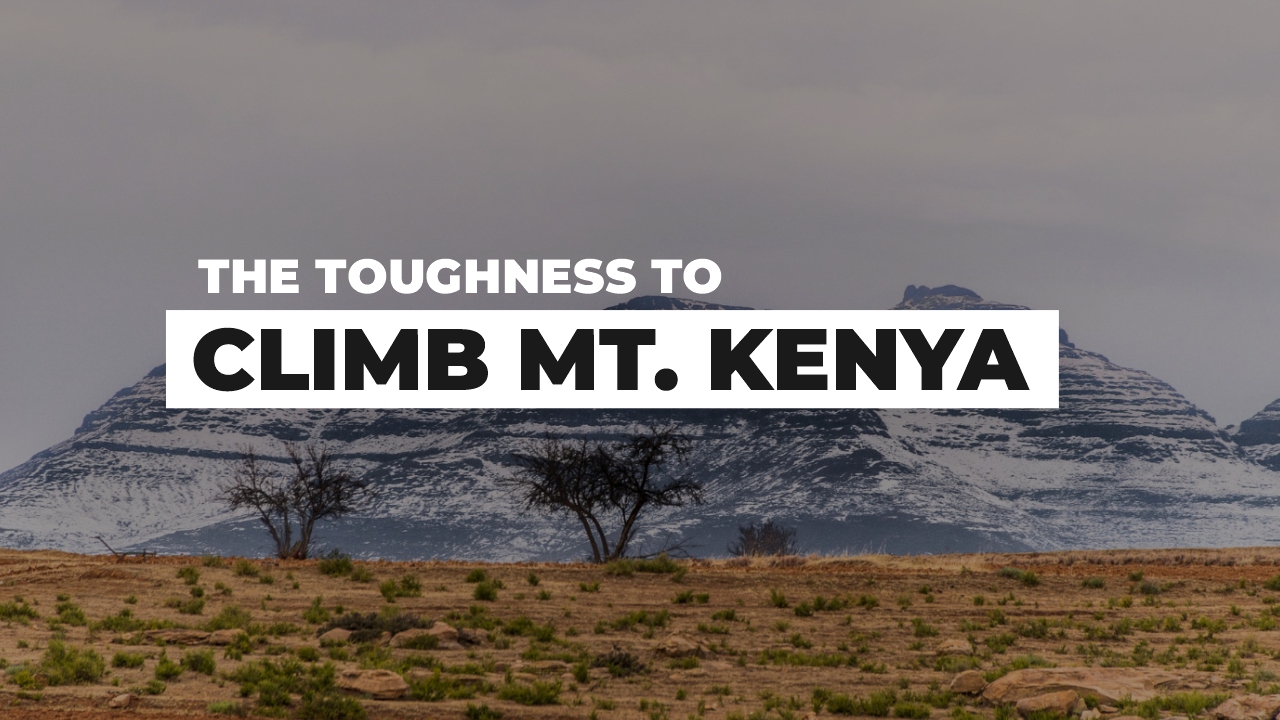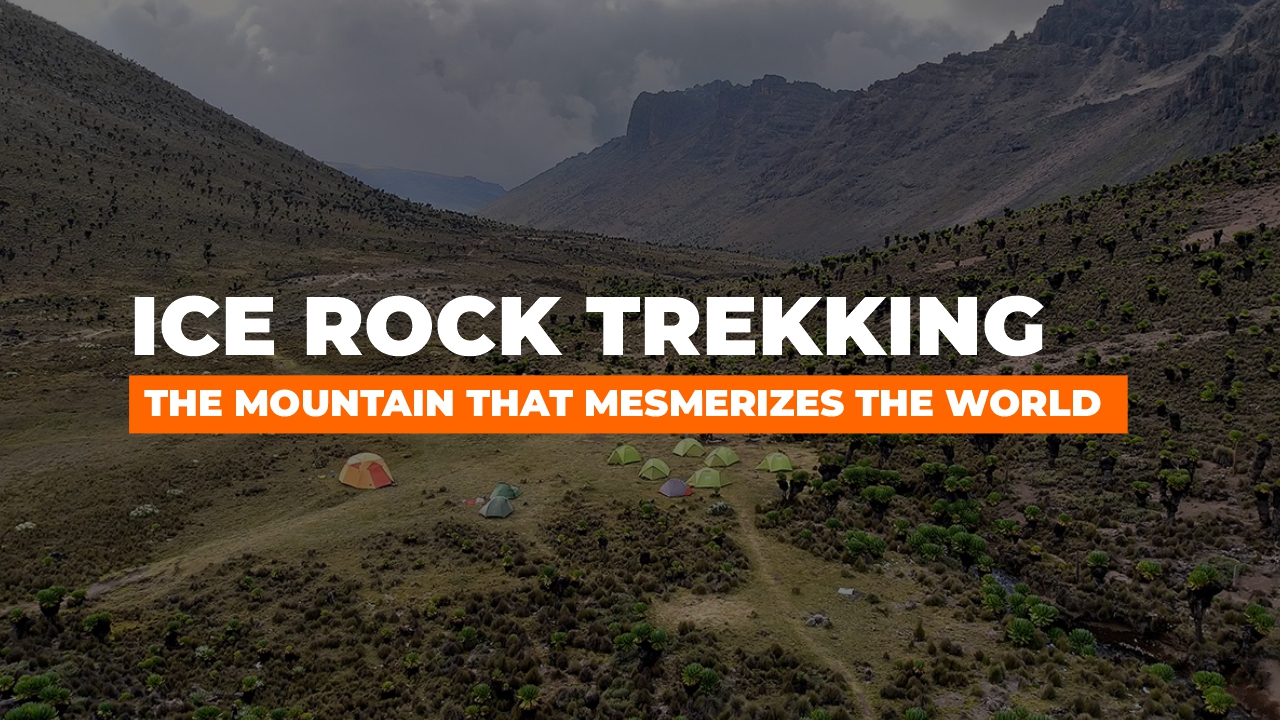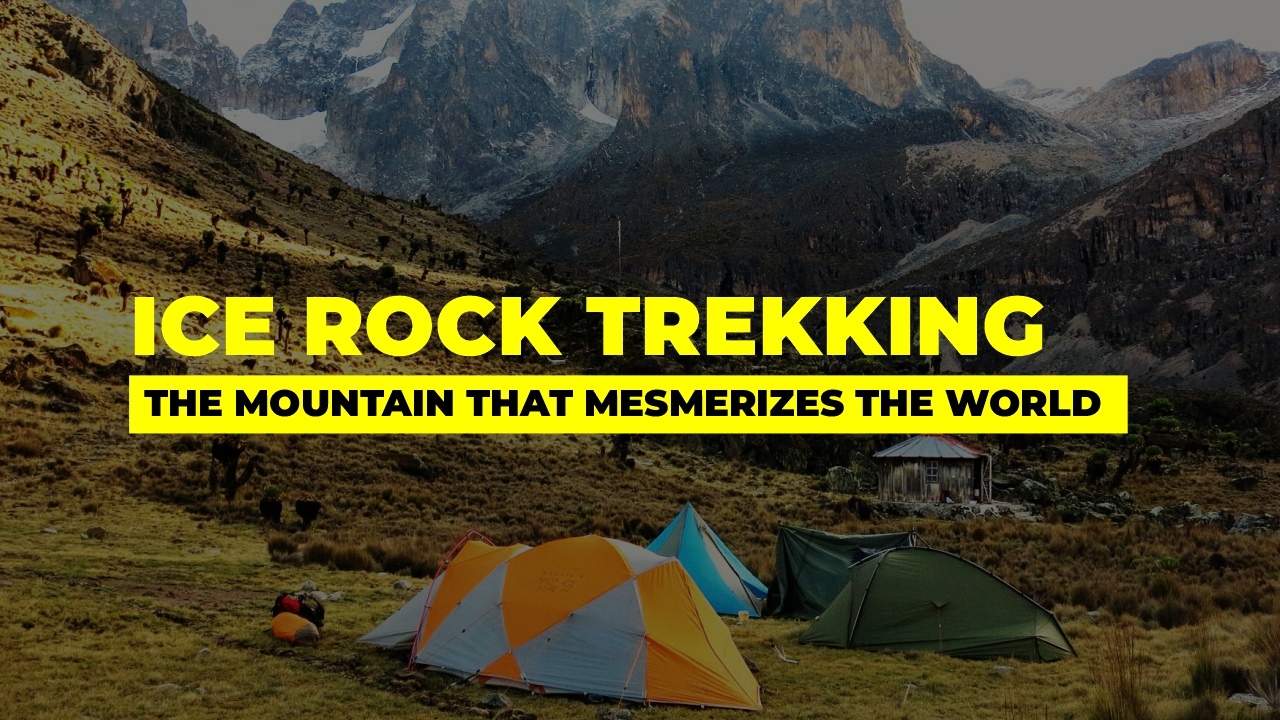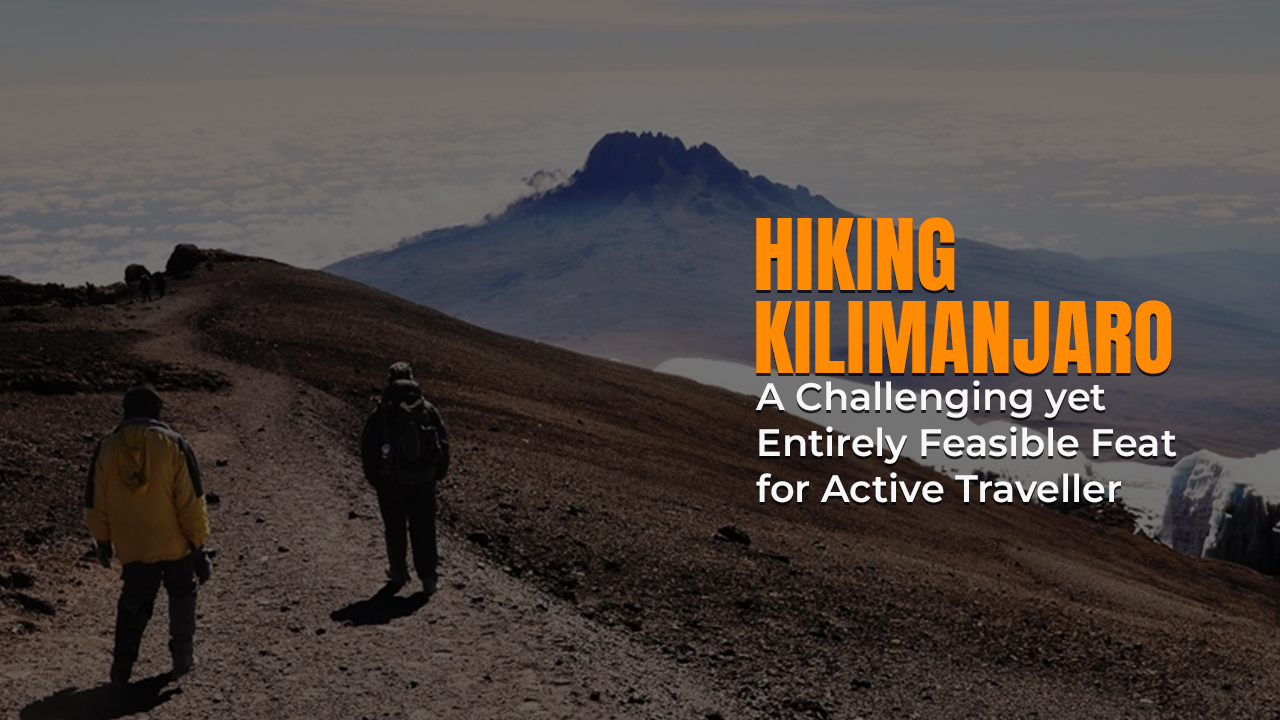
Mount Kilimanjaro, located in Tanzania, is iconic and the highest peak in Africa that dominates the landscape. With an elevation of 5,895 meters, it is the tallest free-standing mountain in the world and is termed the African jewel in the Seven Summits crown. Hiking Kilimanjaro is popular among both experienced and less-experienced trekkers and requires no technical hiking skills or equipment. Nevertheless, this does not mean that hiking Kilimanjaro is an easy feat, as travelers require proper planning and preparation before embarking on once-in-a-lifetime trips to Kilimanjaro. Active travellers or keen walkers can move ahead in this mission, which is challenging yet entirely feasible.
Hiking Kilimanjaro – Embark on Once-in-a-Lifetime Trips
Mount Kilimanjaro hiking is a life-changing experience that attracts adventure lovers from around the world who are desperate to tick this impressive peak from their bucket list. The snow-capped peak is part of the Kilimanjaro National Park and towers above the surrounding Savannah and serves as a vital inspiration source for hikers and adventure enthusiasts from around the world. In a matter of five to nine days, hikers can reach the top of Kilimanjaro from the African plains while moving through grasslands, rain forests, alpine meadows, desert uplands, and moorlands to snow and ice. Hiking Kilimanjaro is not extremely difficult, as children over the age of ten years to seniors in their 60s and 70s can climb this highest peak with grit and determination.
Commencing Hiking Expedition
After flying to Kilimanjaro International Airport, travelers will commence a Mount Kilimanjaro hiking expedition that usually sets off from one of two towns, Arusha, to the southwest of the mountain, and Moshi, directly south. It takes travelers around an hour time to reach Moshi and eighty minutes to reach Arusha. The most common way to reach these towns is via taxi or pre-booked shuttle but usually, the tour operators arrange to transfer travelers from the airport.
What is the Kilimanjaro Hiking Duration?
The time required to hike Mount Kilimanjaro depends on the route chosen by the traveler, as there are seven routes to reach Kilimanjaro. These routes take five to nine days to reach the summit and return; however, it is important for travelers to not be in a hurry to rush the ascent because it will lower their success rate. This is important because first travelers need to give time to their body to acclimate to high altitude and with slow and steady ascent their bodies get time to adjust to high altitude. Travelers who are in a hurry to reach the top are likely to develop altitude sickness that can prevent them from achieving success.
Clothing and Equipment Required for Kilimanjaro Hiking
Preparation is the key to a successful hiking experience and Kilimanjaro hiking is no different. Travelers who are planning hiking in a short duration of time, or who have chosen a tough route to reach the summit should carefully plan for the hiking. Hikers should plan Kilimanjaro hiking and should carry essential clothing and equipment that are required for the hiking. Some of the clothing and equipment essentials that are must-haves for hikers include:
- Waterproof hiking boots and thick socks are a must for the hikers and they should test the boot before initiating the hike to avoid last-minute hassle.
- Warm gloves and mittens are essential for hikers, especially for cold nights, whereas insulated and water-resistant gloves are preferred for the summit.
- Travelers will require a sun hat that is wide-brimmed for protection. Pick a hat that has a neck cover, especially when they are not going to wear a neck gaiter.
- The other vital stuff is a waterproof backpack and a big sack that is required to carry personal stuff like a head torch, clothes, and camera, along with the food.
- Thermals and inners for hiking on colder nights are essential clothing items that will give respite to hikers on cold nights.
- Waterproof and windproof pants and shells are must-haves for hikers, even if they are hiking in the dryer seasons because the weather in Kilimanjaro is unpredictable and can quickly become cold.
- Quick-drying clothes are great while hiking, as these clothes can easily be washed and dried without taking too much time.
- Sunglasses and sunscreen are vital stuff that should be packed for hiking trips because travelers will not prefer to burn their skin and eyes while climbing the mountain.
- Jackets and fleece are also required in the hiking expedition, especially with the temperature dropping at higher altitudes and the summit can be as cold as -30 degrees Celsius.
- Carrying snacks and energy bars is also essential to fulfil the high-calorie requirements of the body while hiking.
- Head torches also prove essential hiking equipment that helps while trekking in the night.
- A small medical kit containing essential cold and pain medicines and sprays will come in handy to manage smaller health issues.
Kilimanjaro hiking is a great experience that can be accomplished with proper planning and consideration. This highest peak holds a special place in the hearts of adventurous tourists who like to plan something exciting and challenging, as they cherish the thought of reaching the highest peak all through their lives.

